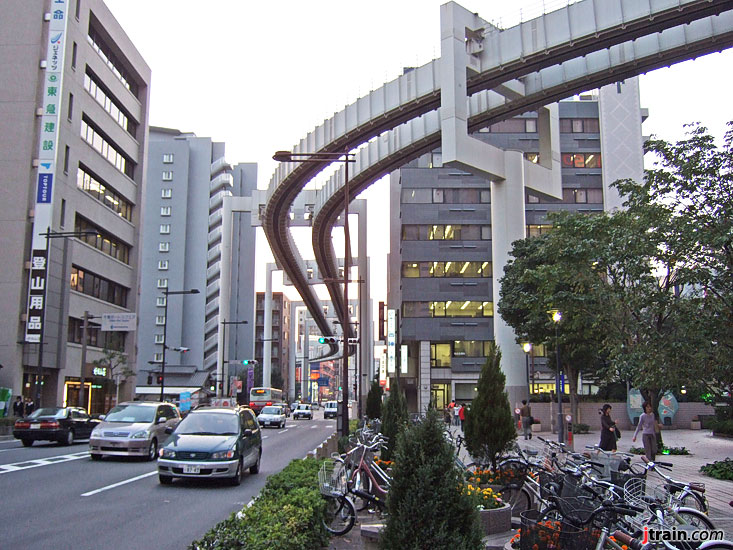underground
Senior Member
- Joined
- Jun 20, 2007
- Messages
- 2,390
- Reaction score
- 3
Uground -- then you have a fleet of Hubways and Zipcars at each station giving the commuter the options of walk, bike, drive depending on weather, fitness level and time, etc.
Makes sense. All people would have to do is get to the monorail station, ride the train, pick up a zipcar, drive it to their office park, pay an entire days worth of zipcar fees for it to sit in a parking lot, and reverse for the way home. If that's not efficient, I don't know what is!


